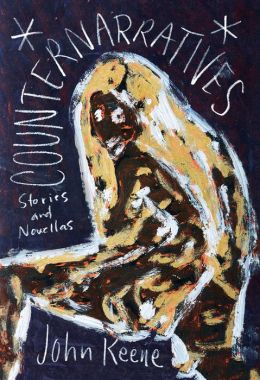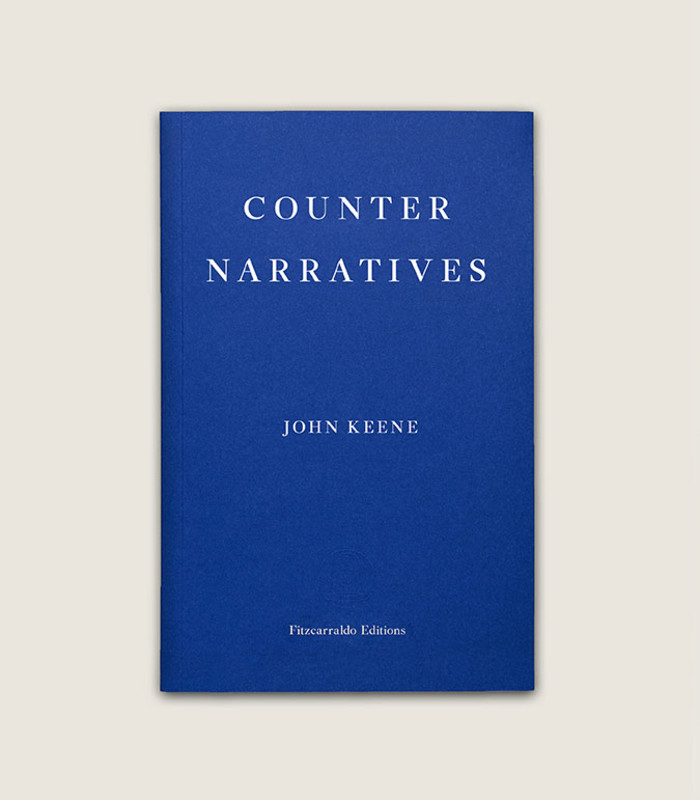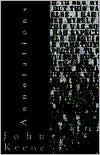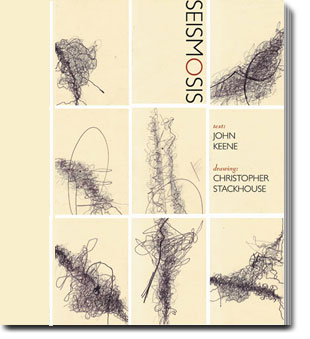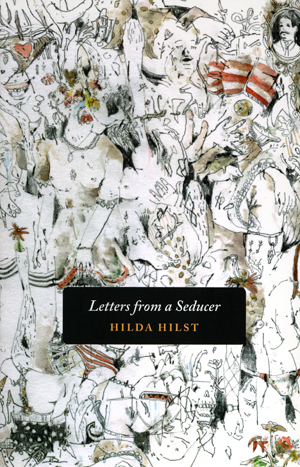 |
| Adrienne Rich at Northwestern, 2006 (Photos by Marion Hanlon) |
Last night I started to see posts, first via email, then on
Twitter, that poet, essayist and activist
Adrienne Rich (1929-2012) had passed away, and Googling quickly confirmed this sad news. I immediately felt a sense of loss, as so many others did and expressed in multiple ways, the most common, at least on Twitter, through quotations of Rich's poetry and essays, which will be with us for time to come.
Adrienne Rich inspired generations of people; first as a young, incredibly talented female poet who in her senior year (1951) at
Radcliffe College won the
Yale Series of Younger Poets Prize, meriting offhandedly sexist praise from the judge,
W. H. Auden; then, by the early 1960s, as a woman writer who had moved away from the formal strictures of her early verse, while also increasingly expanding upon what was evident in her earliest published poems, a critique of the political, social and economic strictures on American women; then, by the late 1960s, through her active involvement in the anti-
Vietnam War, Civil Rights, Women's Rights, and
anti-colonialist and
anti-imperialist movements; and then, in the early 1970s, through her increasingly powerful articulation of feminism and her coming out publicly as a lesbian, which produced her landmark books
Diving into the Wreck (1973), for which she was co-awarded the
1974 National Book Award for Poetry (with
Allen Ginsberg), an award she accepted not for herself but, with the other nominees, two queer women of color,
Audre Lorde and
Alice Walker, present on stage beside her, on behalf of
all women, followed by her "Twenty-one Love Poems" (Effie's Press, 1976), which appeared first as a stand-alone text and quickly became a major work of lesbian and queer literature, and then in
Dream of a Common Language: Poems 1974-1977 (1978); then through her essays, such as "Compulsory Heterosexuality and Lesbian Existence," her published notebooks and other theoretical essays, her ongoing poetic oeuvre, and her public activism, particular on behalf of equality, her advocacy for women writers, writers of color, working-class and poor people, people battling American imperialism and neocolonialism; and always, because of her courage, her willingness to be herself, a woman, a Jewish woman, a lesbian, to criticize herself, lay bare her privileges, to risk calumny and condemnation because of her political stances, to be dismissed as a serious poet because of the same, to ally herself with those who had no privileges to offer, to speak truth to power, including in 1997 to a
Democratic president who wanted to honor her with one of the country's highest honors but whose actions flew in the face of so much that she believed in.
I met Adrienne Rich several times over the years, including being introduced by another poet I admire so very deeply,
Marilyn Hacker, but perhaps most special to me in this regard was having had the opportunity to offer my thoughts on her work with her present, at
Northwestern, in 2006. I later posted them on this blog: you can read them
here. I also had the pleasure just this past quarter to teach Adrienne Rich's poetry and "Compulsory Heterosexuality" again, and look forward to doing so in the future. We have lost a major figure in our literature and culture, a
guérillière, to use
Monique Wittig's term, of the likes we might not see anytime soon.
And, in honor of her passing, here is one of her poems, Number XIII from "Twenty One Love Poems":

Copyright © Adrienne Rich, from
Dream of a Common Language: Poems 1974-1977, W. W. Norton, 1978. All rights reserved.









